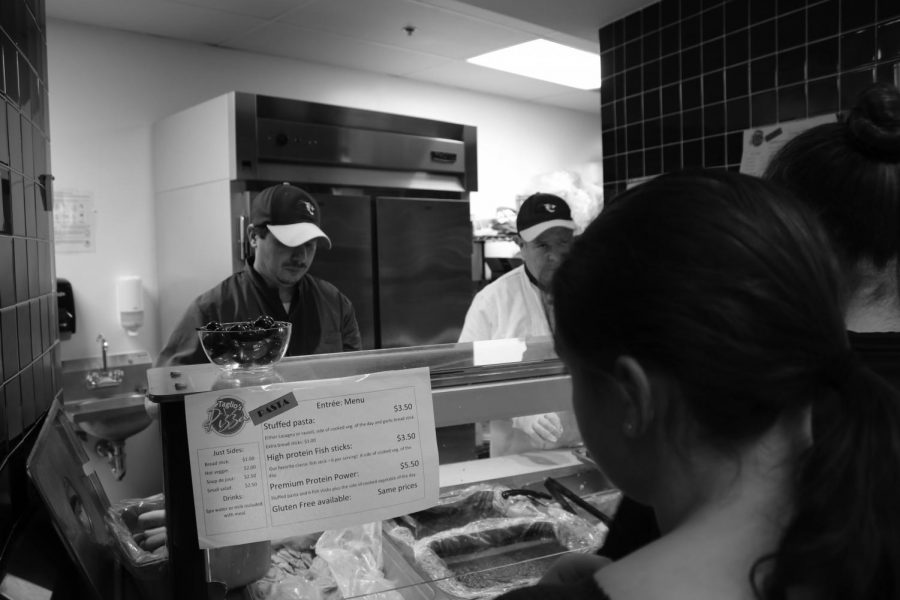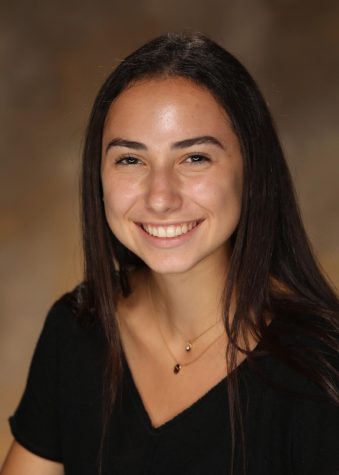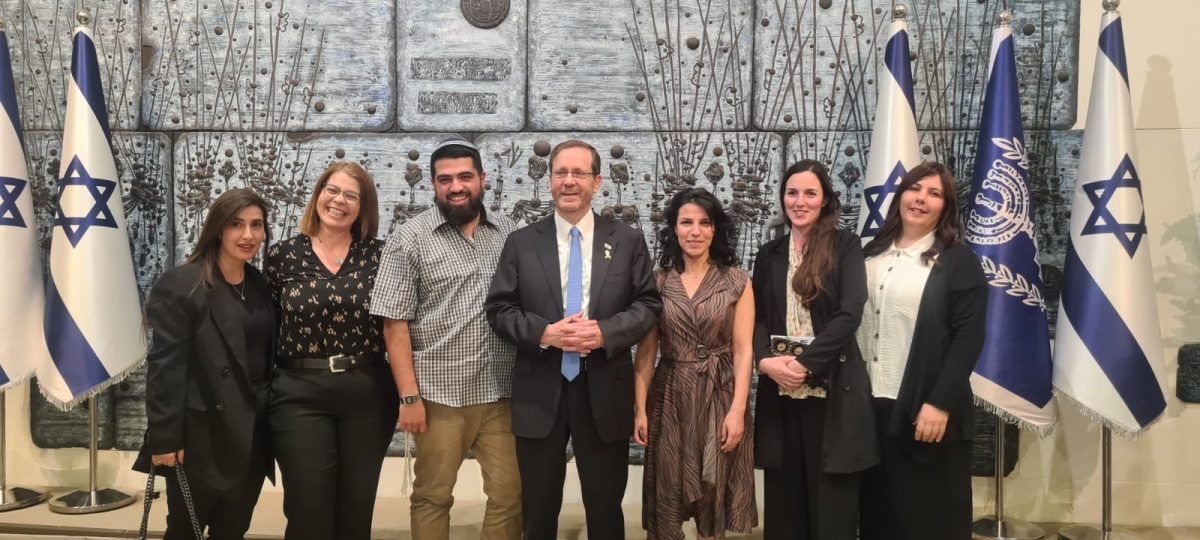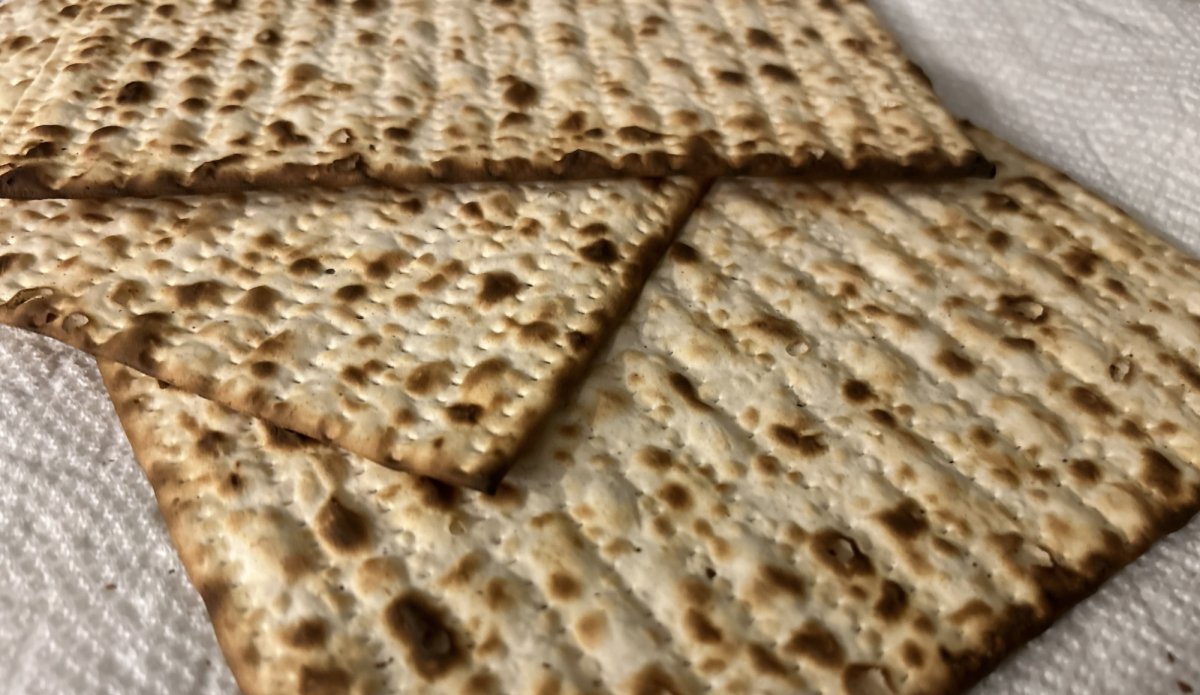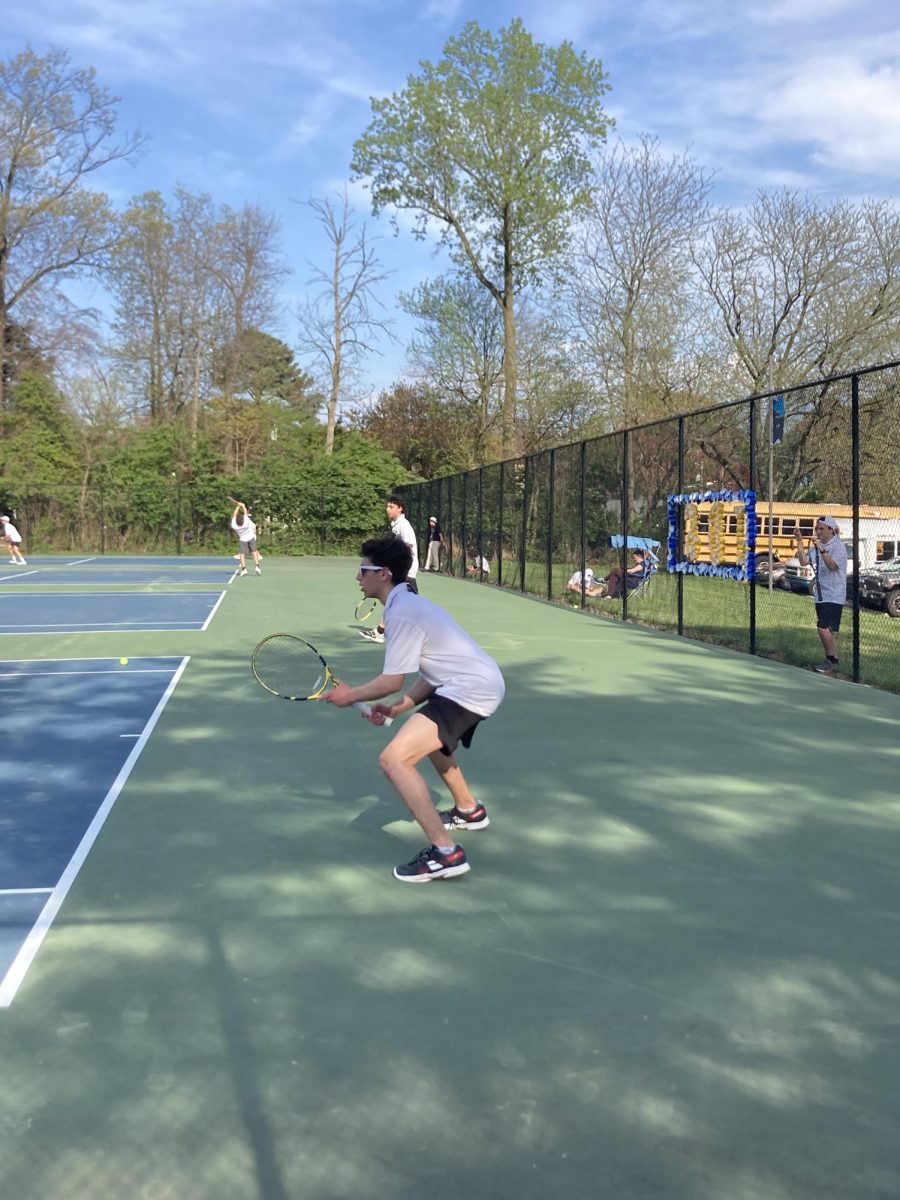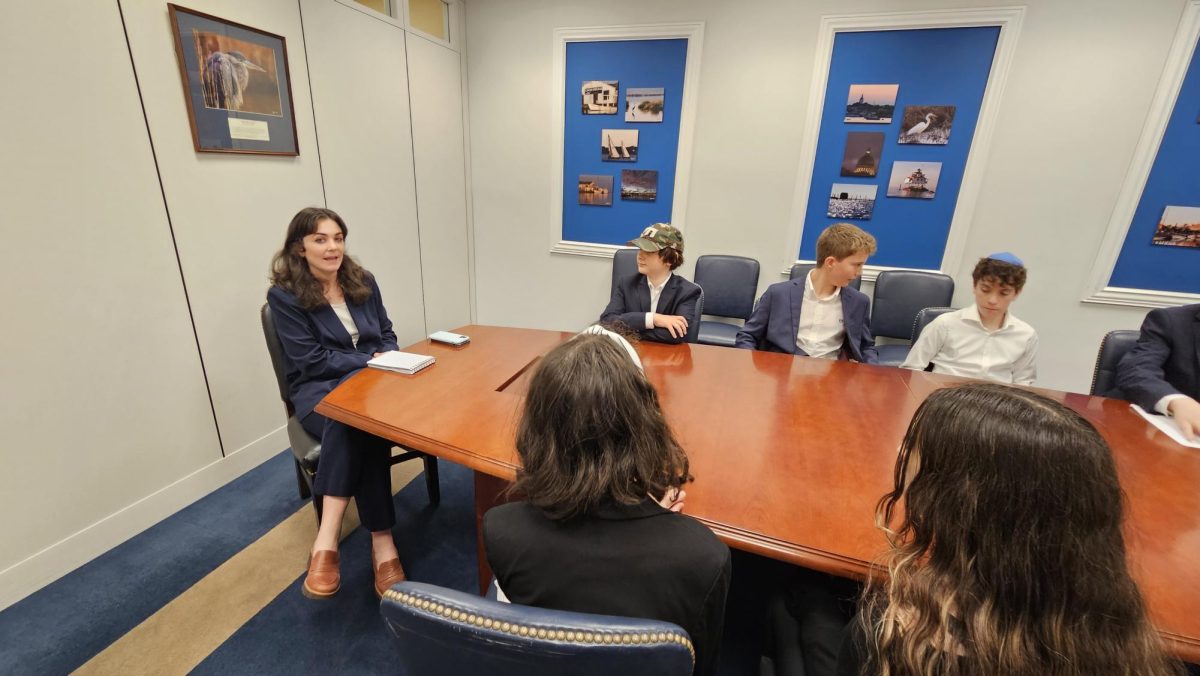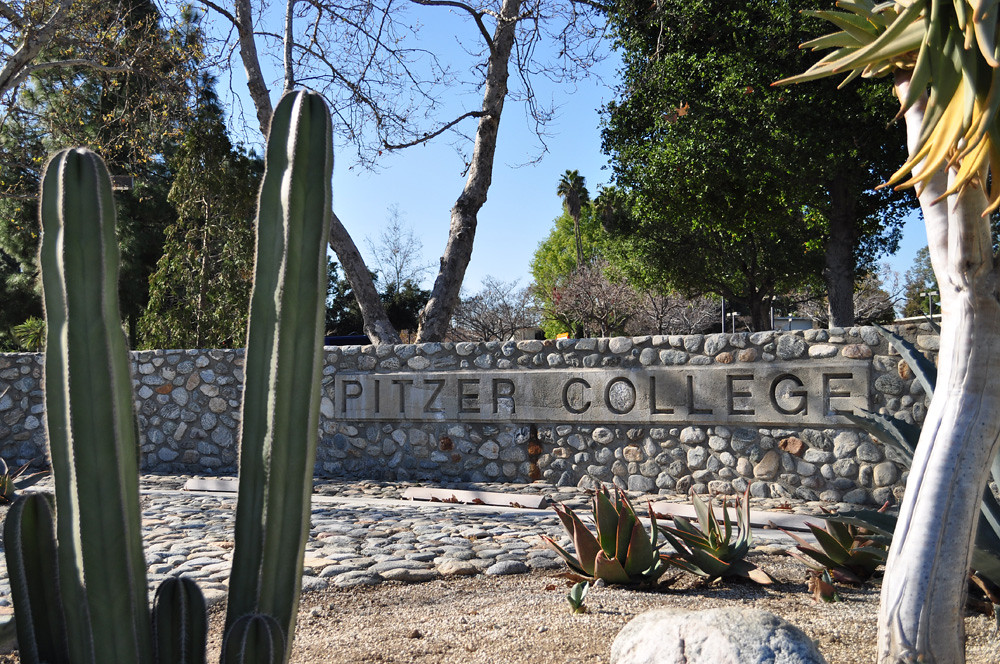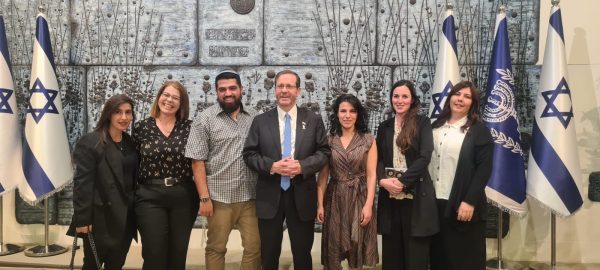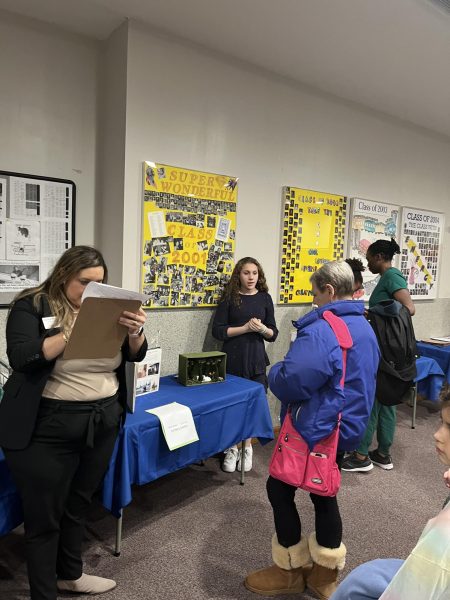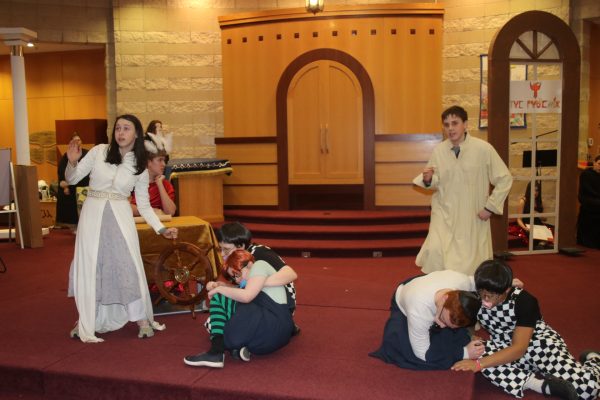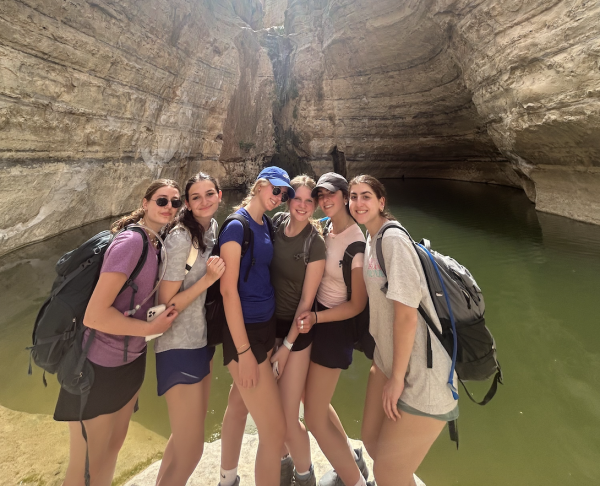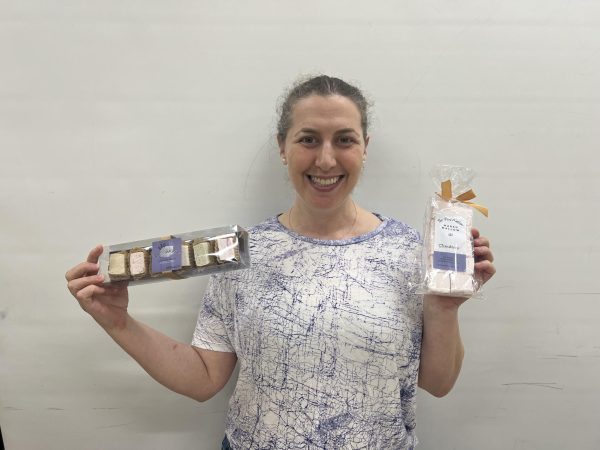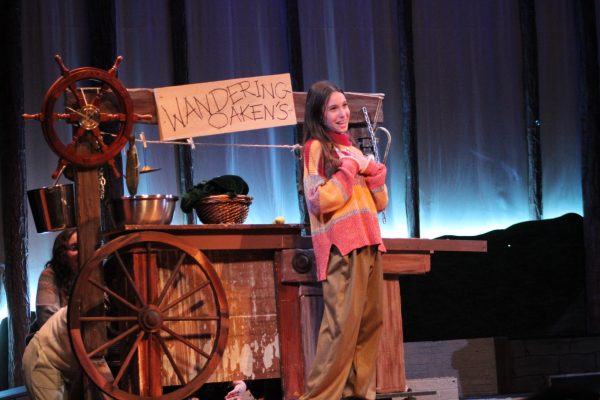Cafeteria, revised: Students adjust to new lunch program
January 31, 2018
The moment the bell rings, hungry students rush to the cafeteria lunch line to choose from the buffet style food court and pay for their items. The 175-student storm trying to get their lunch at the same time can make the wait take almost half of a ravenous student’s lunch period. Despite the delay, many students opt for hot lunch because of the new payment system.
Over 70 percent of CESJDS students purchased hot lunch first semester, about a 10 percent increase from last year. Food Services Manag- er Erick Gilbert credits the increase in purchases to the new cafeteria system, put in place this past August.
The administration has spent multiple years trying to design a new cafeteria system. Chief Financial Officer Julie Hoover worked alongside Gilbert to create the current system.
“It took us some time to research that and see what [system] would be the best to use,” Hoover said.
The “pay-as-you-go method” was implemented after the administration had conducted community surveys and food court trial weeks. The trial weeks allowed the administration to assess the flow of traffic and the logistics of food production.
Using the “pay as you go” method, students pay for parts of their lunch separately each day instead of paying for a whole semester of hot lunch. Parents can load money on their child’s online account so that when their child purchases a lunch, they draw from their loaded account.
Sophomore Josie Levine believes that having students only have to pay for what they want to eat, rather than paying for a full meal, is one of the main benefits of the new lunch program.
“Parents aren’t necessarily paying for stuff that you don’t eat, so it can end up being less expensive in that way,” Levine said.
Aside from the change in payment method, the second part of the new system is the change in food choices. The new system was intended to be designed like a food court and consists of different food options in three separate lines.
Originally, Gilbert wanted each line to offer a different cuisine: one Italian, one flatbread and one Hispanic. As the year went on, Gilbert decided to tweak the system. Each week, there are three dairy and three meat options, with all dairy days having the same options and all meat days having the same. There is a few-week rotation of food sets.
“Pizza and pasta were so popular that we sort of split that into two lines,” Gilbert said.
Currently, there are two Italian lines on dairy days that serve pizza and pasta and one flatbread line that serves quesadillas, grilled cheese or other dishes depending on the week.
Some students, like freshman Eilah Goldberg, do not see an appeal in the rotation of the same items served each week.
“I get bored of having the same food every week, so [the food] is not as good this year, since I’m so used to having it every day,” Goldberg said.
Though the repetition of carb-heavy options in the menu could be seen as a downside to the new system, one of the benefits is the decline in cost for each meal.
The new lunch program is less expensive for students on average; lunches are now about $6.50 per meal, whereas last year they cost $8.50. Because students pay for items separately, students are more conscious of their meal choices, only selecting things that they know they will eat. The a la carte pricing has resulted in a decline in waste production. Since JDS pays for trash by the pound, the decline in garbage has saved the school money.
Yet, the increase in students buying lunch has also lengthened cafeteria lines. On average, students have to wait between 11 and 17 minutes each day to get their food, Gilbert said.
“If you don’t get there early, [the lines] can take really long,” eighth-grader Talia Jacobsohn said.
Gilbert is considering pre-packaging the food so that lunch lines will move quicker. While the pre-packaged meals would quicken the line, they come with complications. They would negate meal choice and raise the price of the meals because of the packaging cost. Gilbert is always Gilbert is always trying to come up with a better solution to reduce the amount of time spent in the lunch line.
“Lunch lines are an incredible math equation.” Gilbert said, “How do you move 175 people through a line in 17 minutes?”
According to Hoover, the current lunch system will likely continue next year. Goldberg also said that he will most likely continue to buy lunch next year, just because it is easier than packing a lunch the night before.
“I think the new cafeteria system was a good idea, except it wasn’t executed as well as it maybe could have,” Goldberg said.


